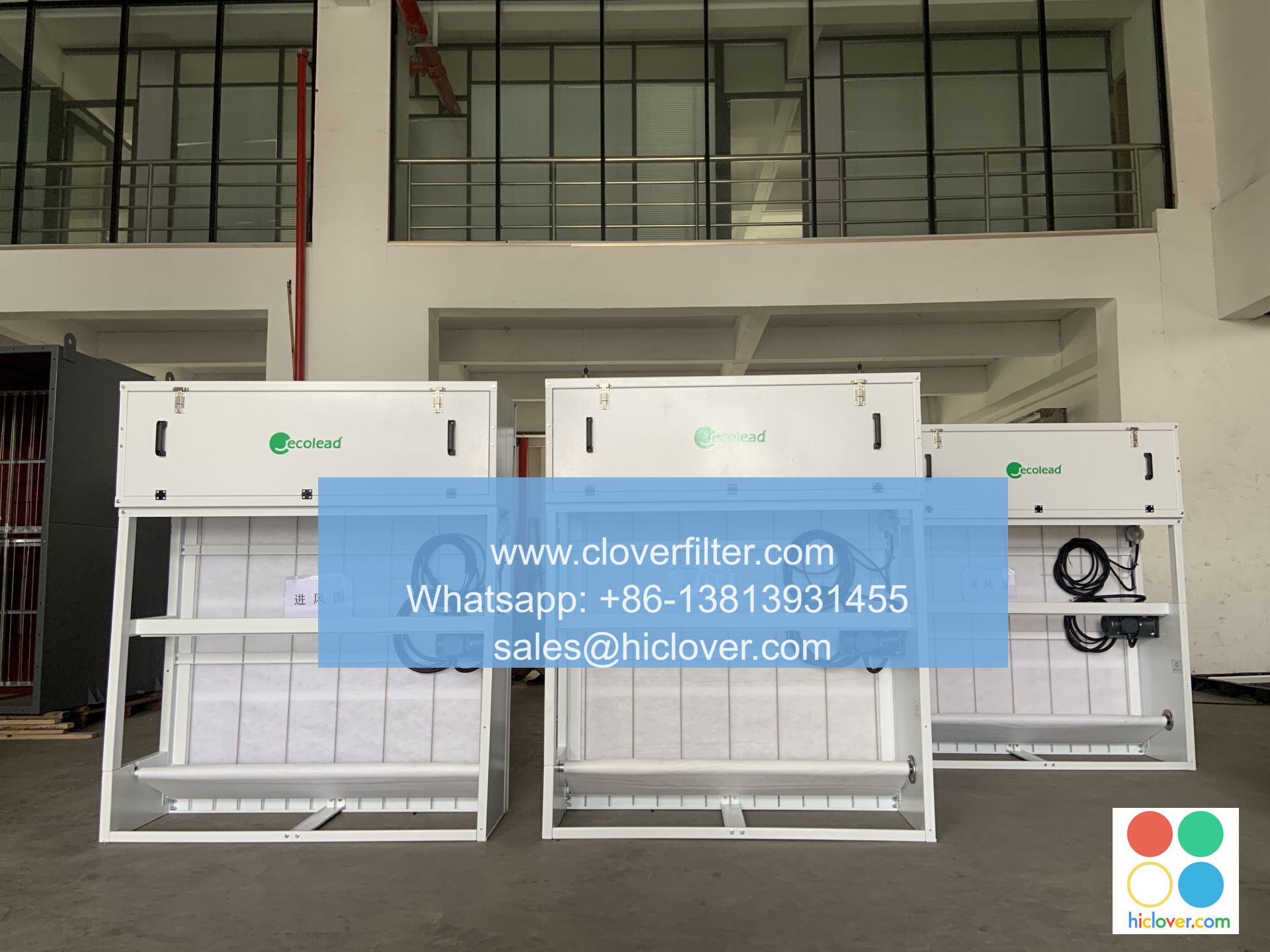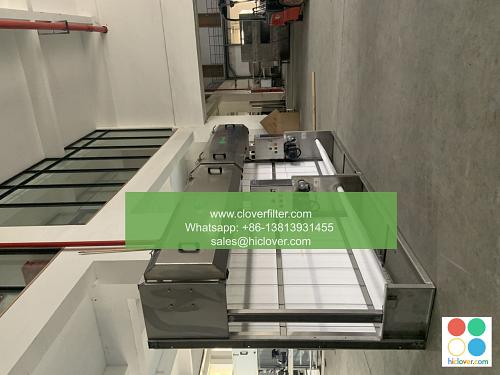The Impact of Automatic Roll Air Filters on Cleanroom Contamination Rates at UC Berkeley

The University of California, Berkeley, is renowned for its cutting-edge research facilities, including cleanrooms that require stringent control over environmental conditions to prevent contamination. Cleanrooms are designed to minimize airborne particles, temperature fluctuations, and humidity variations, ensuring optimal conditions for sensitive experiments and manufacturing processes. One crucial component in maintaining these pristine environments is the air filtration system, particularly Automatic Roll Air Filters. This article delves into the significance of these filters in reducing cleanroom contamination rates and explores their applications in various fields.
Introduction to Automatic Roll Air Filters
Automatic Roll Air Filters are advanced filtration systems designed to provide continuous, high-efficiency air cleaning. Unlike traditional filter systems that require manual replacement, these automatic filters roll out new media as the old becomes saturated, ensuring consistent airflow and filtration efficiency without downtime. This feature is particularly beneficial in cleanrooms where even brief lapses in filtration can lead to contamination.
Impact on Cleanroom Contamination Rates
At UC Berkeley, the implementation of Automatic Roll Air Filters has been pivotal in reducing cleanroom contamination rates. By maintaining a consistent and high level of air purity, these filters minimize the presence of airborne particles that could compromise experiments or processes. The effectiveness of these filters is attributed to their ability to capture a wide range of particle sizes, including nanoparticles and biological contaminants, which are particularly challenging to eliminate.
Applications in Various Fields
The application of Automatic Roll Air Filters is not limited to cleanrooms at research institutions like UC Berkeley. These filters are also crucial in:
– Pharmaceutical manufacturing, where the absence of microbial contamination is critical.
– Semiconductor manufacturing, where even the smallest particles can cause defects.
– Biosafety labs, to protect against biohazards and prevent the spread of infectious diseases.
– Hospitals and healthcare facilities, to control the spread of airborne pathogens and maintain a sterile environment for patients.
Energy Efficiency and Cost-Effectiveness
In addition to their role in reducing cleanroom contamination rates, Automatic Roll Air Filters are also recognized for their energy efficiency and cost-effectiveness. By minimizing the need for manual intervention and reducing waste, these filters offer a sustainable solution for maintaining cleanroom environments. Moreover, their continuous operation ensures that airflow and filtration efficiency are optimized, reducing the overall energy consumption compared to traditional filter systems.
Conclusion
The integration of Automatic Roll Air Filters at UC Berkeley and other institutions has marked a significant milestone in the quest for minimizing cleanroom contamination rates. Their ability to provide uninterrupted, high-quality air filtration makes them an indispensable tool in various application areas, from research and manufacturing to healthcare. As technology continues to evolve, the development of more efficient and effective air filtration systems will remain critical in supporting advancements in fields where cleanroom technology plays a central role.

